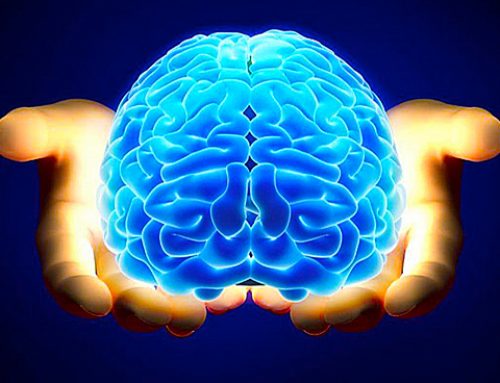With our ordinary diet we ingest between 0.6 and 1.6 mg of copper per day; in general terms an individual weighing 70 kg contains about 110 mg of copper, 6 of which are contained in the blood, 8.8 in the brain, 10 in the liver, 26 in the muscles and 46 in the skeleton.
Hepatocyte is the chemical laboratory of the liver where the copper that is introduced by one’s diet is assembled in the proteins that use it as a cofactor and a catalyst for many chemical reactions for its properties of electron exchange.
Copper is thus an essential element for life that intervenes in numerous physiological processes of the cell, such as the production of energy, the transport of oxygen, the transport of iron, the production of blood cells, communication between cells. Both a defect as well as an excess of copper may be toxic, therefore, its metabolism is finely regulated.
In hepatocyte, numerous chaperones bind the copper during its transit between the various cellular compartments for assembling in enzymes, preventing in this way that the copper travels freely within the cell causing damage due to its high reactivity. A malfunction of these mechanisms involves the release of copper in the blood that is not bound to ceruloplasmin (‘labile’ copper or ‘free’ copper), which it is toxic because it creates oxidative stress and may promote Alzheimer’s disease. (see test C4D).





